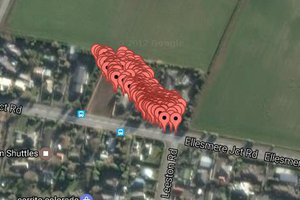This post details the journey of building a radio telescope from scratch.
First I began with designing an antenna. Below are the 3 antenna designs through the time spent on this project. Further down is the Circular Horn Antenna strapped to azimuth and elevation stepper motors. This radio telescope utilizes a Raspberry Pi 5 an RTL SDR V4 dongle. All FFT averaging and post processing is all run in Python. I am working towards designing a downconverter and sampler circuit to replace the RTL SDR, just an an extra learning experience.
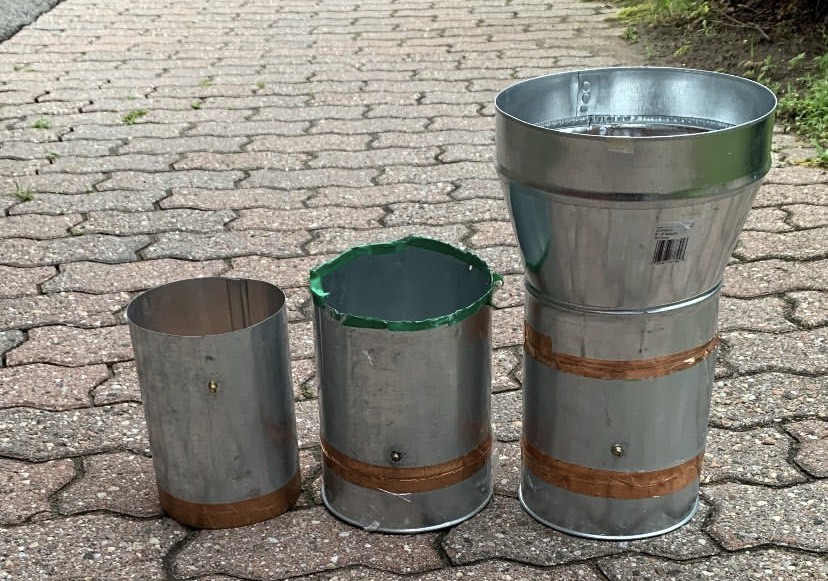
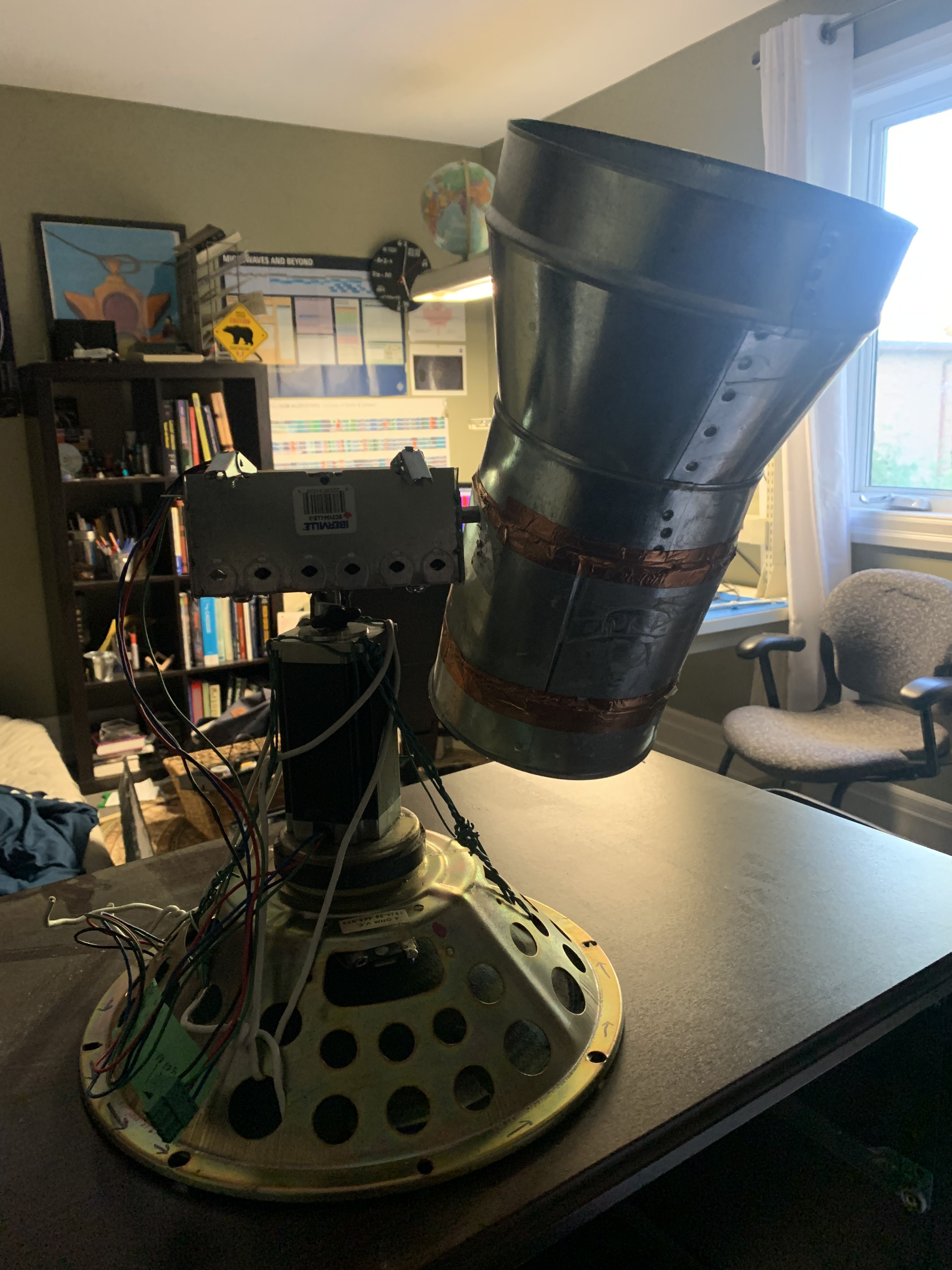
Before going further into this, I will show you the best set of data I collected of the H1 emission(1420.4MHz) of most of the sky. This scan was done on October 8th 2024 located in Greater Toronto Area.
Below is the data collected while pointing the receiver in a fixed location of the sky for just under 3 days. The graphs "Change in Amplitude" and "Change in Frequency" are generated by:
- Aligning the raw data
- Applying a smoothing function
- Peak detection from 1420.1MHz - 1420.7MHz to generate "Change in Amplitude"
- Corresponding frequency for peak amplitude to generate "Change in Frequency"
Upon inspection of "Change in Amplitude" and "Change in Frequency". It is evident that from March25-26 amplitudes differ from March 26-27 and 27-28. This is explained by the fact the SDR program crashed, and so I quickly recalibrated the system; most probably changing the antenna position slightly. The next two days the SDR program did not crash and so the data is consistent. I hypothesize that if I keep the antenna fixed for weeks, months, or years, I will eventually scan out the entire sky surface.
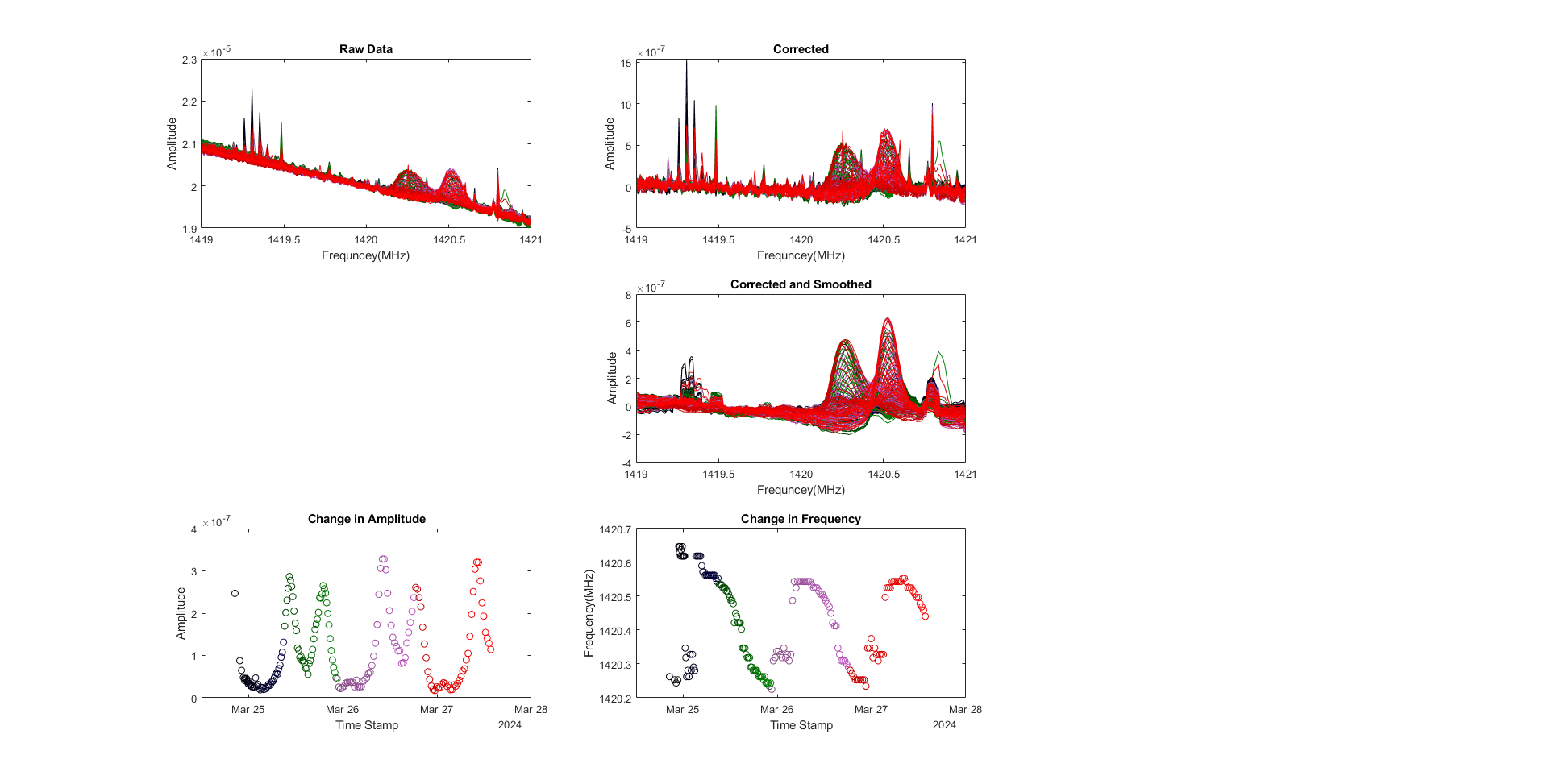
.
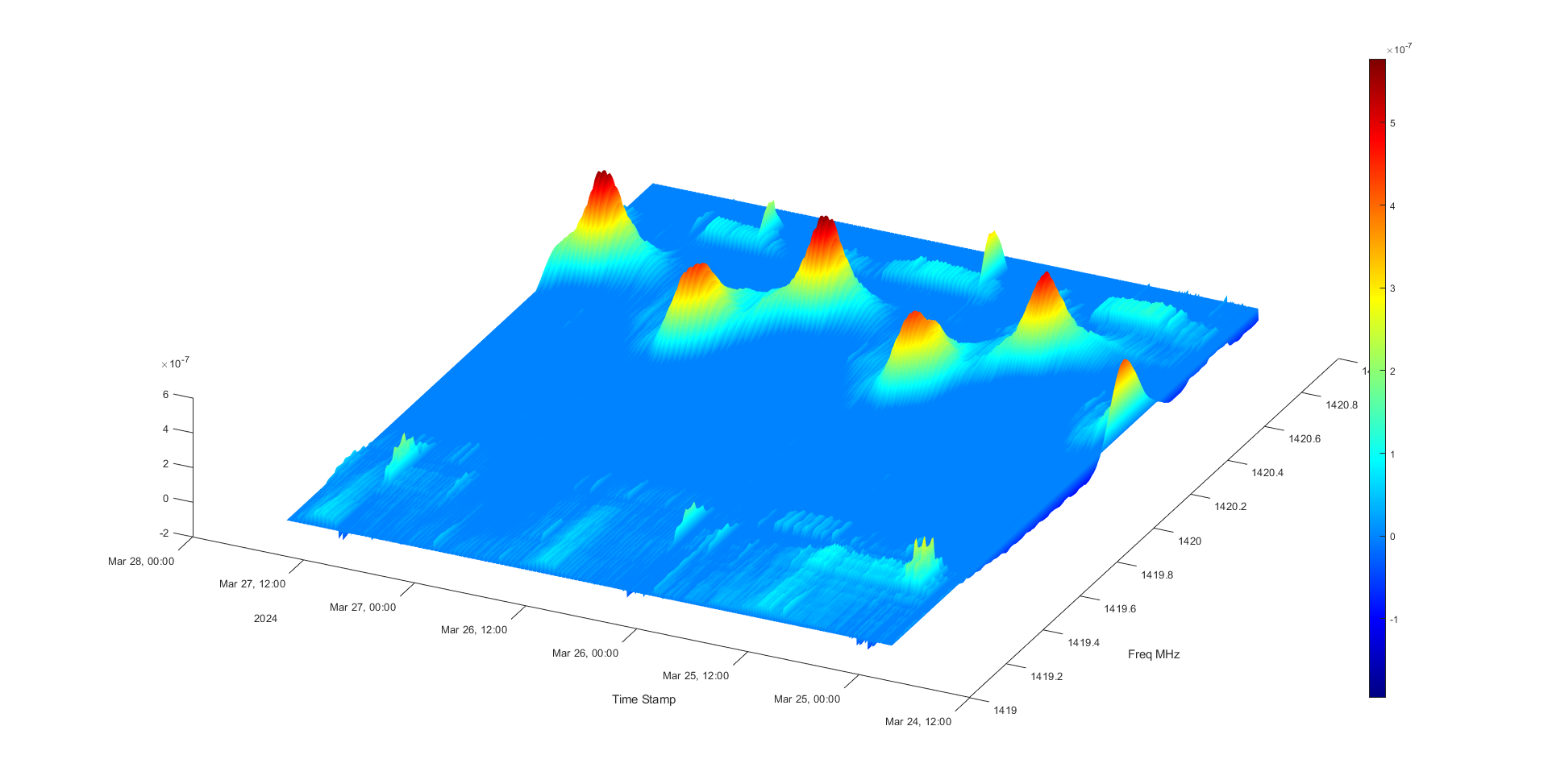
In order to further investigate, I set up a new measurement. This time keeping the antenna fixed like before, only pointing in a completely different part of the sky. below is the comparison of March 26-27 data which was shown above. Here I have just taken a 1 day span snippet of the above dataset. I compare it with the new measurement where I have pointed the antenna in a new part of the sky. The results blew me away.
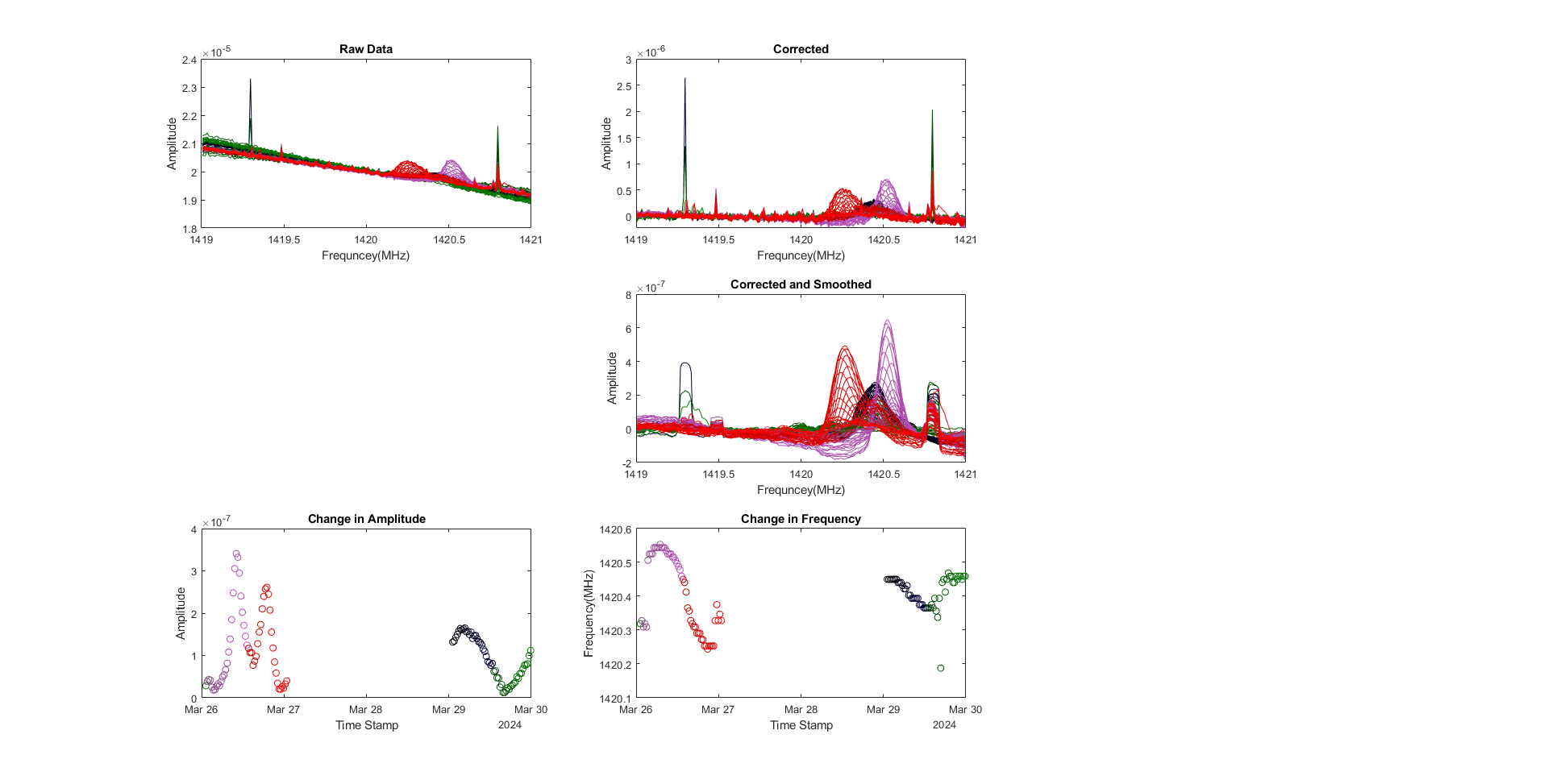
.
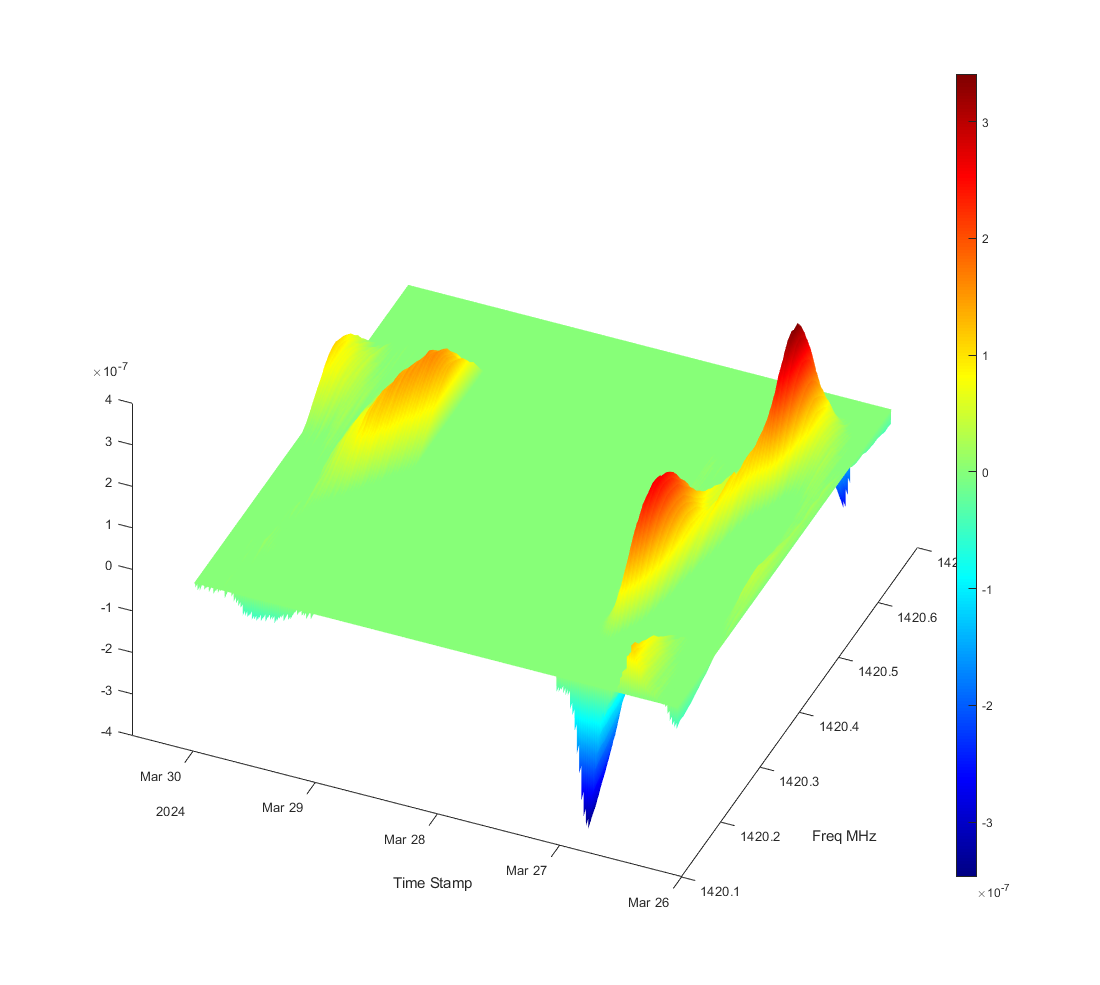
After months of testing new antenna designs and amplifiers, I decided to strap an stepper motor to control the elevation angle through out the day. Roughly speaking in the data set below. I am sweeping the aperture of the antenna positioning directly upward(0 degrees lets define) and 30 minutes later in increments of 15 steps the antenna will be pointing 30 degrees above the horizon. after another 30 minutes in increments of 15 steps the antenna will again be pointing at 0 degrees elevation. This is repeated for more than 24 hours and the data blew me away even more.

.

.

.
 ammarbhayat28
ammarbhayat28
 Leonardo
Leonardo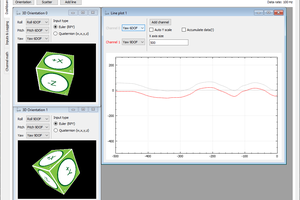
 Vedran
Vedran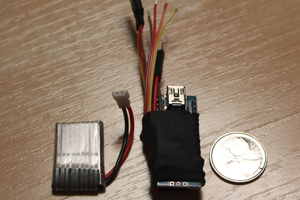
 vcazan
vcazan